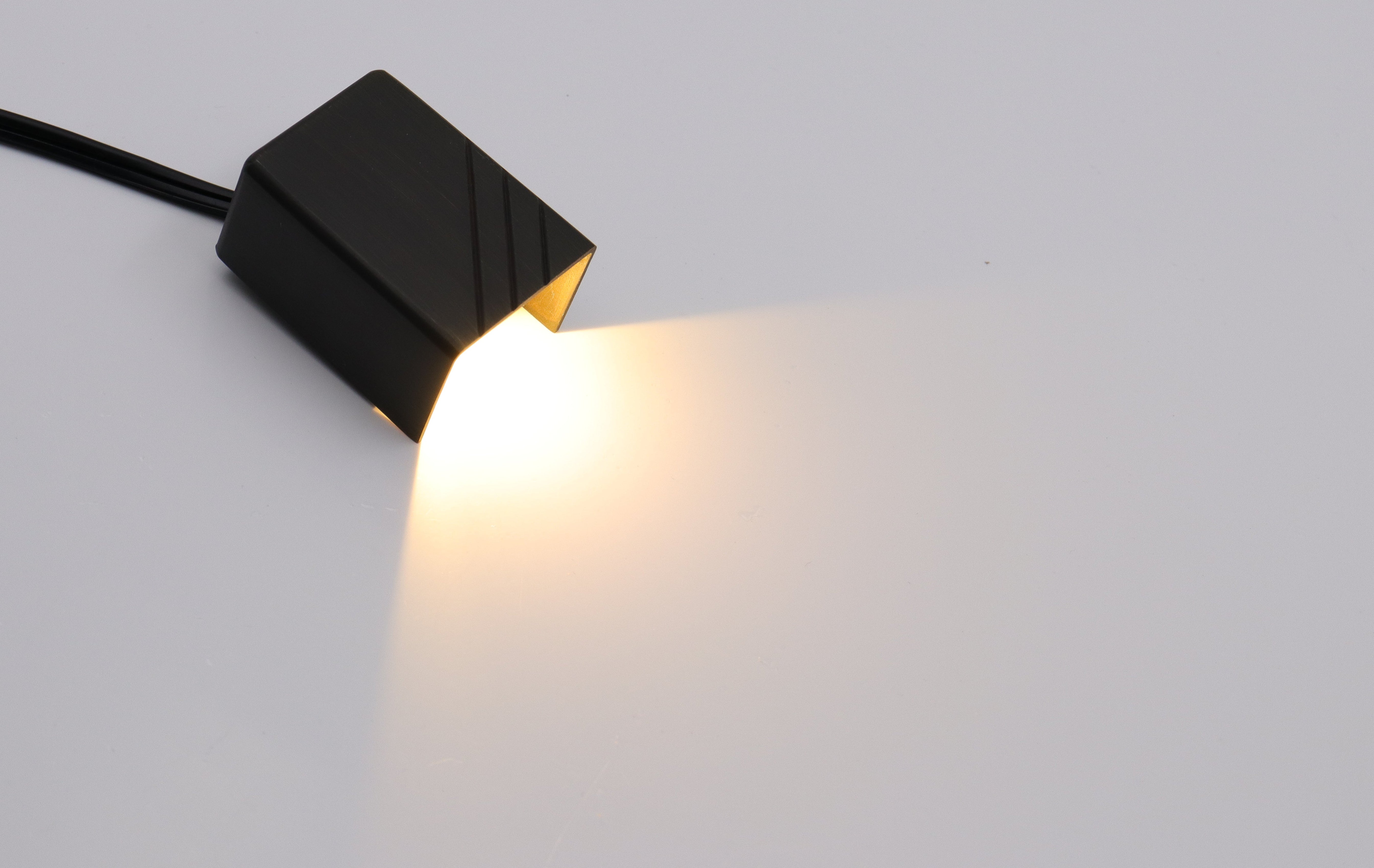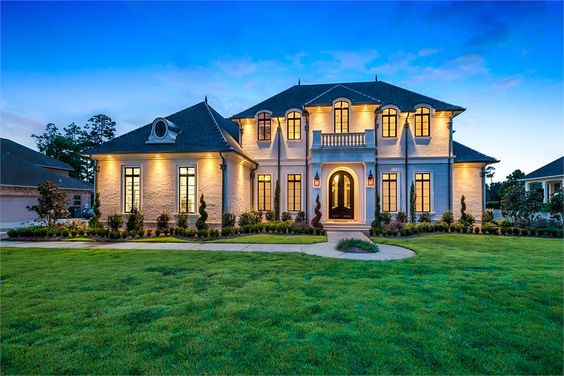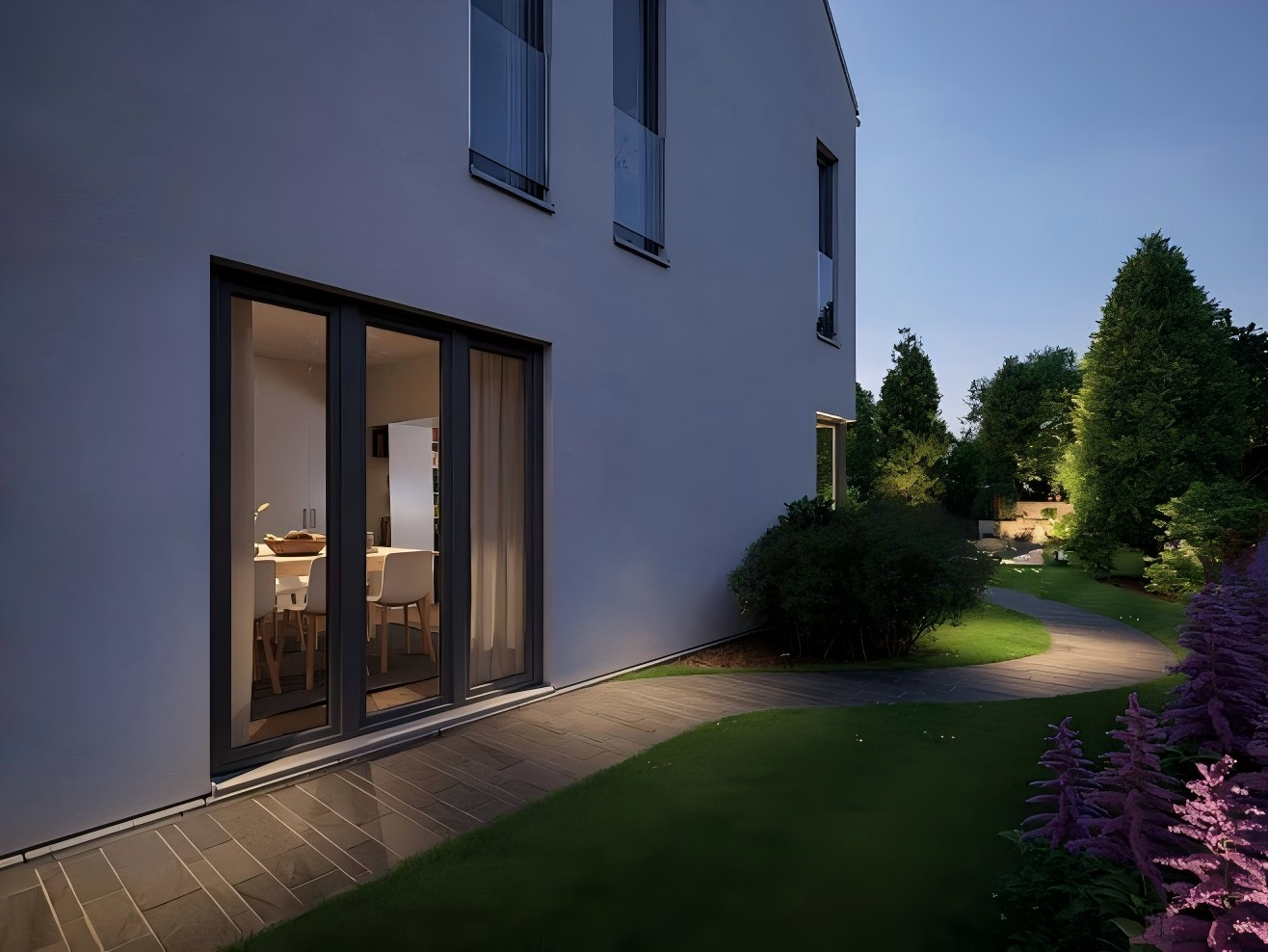Energy-efficient lighting has become a buzzword in modern homes and businesses, thanks to rising electricity costs and increasing environmental awareness. With more people opting for LED and CFL bulbs over traditional incandescent lighting, it’s easy to assume that these energy-efficient bulbs are automatically saving us money. However, what many people fail to realize is that energy efficiency alone doesn’t guarantee the cost savings they expect. If you’ve ever wondered why your "energy-efficient" bulbs aren’t giving you the savings you hoped for, you're not alone.
In this blog, we’ll dive into why many energy-efficient bulbs aren’t living up to expectations, and we’ll explore some of the more effective solutions to save both money and energy. And yes, we’ll even discuss how COLOER LED Bulbs can revolutionize your outdoor lighting while ensuring that your energy bills remain in check.
The Truth About Energy-Efficient Bulbs
First, let’s define what energy-efficient bulbs are and why they’re considered better than the older incandescent or halogen bulbs. LEDs (Light Emitting Diodes) and CFLs (Compact Fluorescent Lamps) have earned a reputation for being energy-efficient because they use far less energy to produce the same amount of light as incandescent bulbs. LEDs, for instance, can use up to 85% less energy than traditional incandescent bulbs, while CFLs are about 75% more efficient.
On paper, this sounds great. You replace an old bulb with an energy-efficient one, and voilà! You’re using less power, reducing your carbon footprint, and saving money on your electric bill, right? Well, not necessarily.
The Hidden Costs of Cheap "Energy-Efficient" Bulbs
One of the primary reasons your energy-efficient bulbs might not be saving you money is the initial quality of the bulb itself. Not all energy-efficient bulbs are created equal. There are a few key factors that often get overlooked:
1. Short Lifespan
Cheap LED or CFL bulbs often have a much shorter lifespan than their premium counterparts. While high-quality LED bulbs can last up to 25,000 hours or more, many budget versions burn out after just a few thousand hours. This means you’ll replace them more often, increasing your overall cost.
2. Poor Light Quality
Low-quality energy-efficient bulbs can also emit harsh, flickering light or light that isn’t quite as bright as promised. The result? You might end up using more bulbs or running them at higher intensities to achieve the same lighting effect you had with your old incandescent lights, ultimately negating the energy savings.
3. Inefficient Components
Another hidden issue is that many inexpensive energy-efficient bulbs are made with inferior components. For example, the driver—the part of the bulb that regulates electrical current—can malfunction, leading to decreased performance or premature burnout. A cheap driver can result in flickering or uneven light distribution.
Energy Efficiency Isn't Just About the Bulb
Even if you’re using high-quality LED or CFL bulbs, other factors impact how much money you’ll save. Many homeowners overlook these aspects, leading them to assume their energy-efficient bulbs are the problem when, in fact, the setup is the issue.
1. Lighting Fixtures and Placement
The fixtures in which you place your energy-efficient bulbs can also affect their efficiency. For instance, placing an LED bulb inside a poorly ventilated fixture can cause it to overheat, reducing its lifespan and energy efficiency. On the other hand, using the right bulb in a well-designed fixture with proper heat dissipation ensures optimal performance.
2. Overuse of Artificial Lighting
Another common mistake is the over-reliance on artificial lighting, even when natural light is available. Many people tend to leave lights on for long periods or use them when they’re not truly necessary. Simply reducing the amount of time lights are on can lead to significant savings, no matter the type of bulb.
3. Outdated Wiring or Electrical Systems
If your home or building has outdated wiring or an inefficient electrical system, you could be wasting energy regardless of the type of bulbs you’re using. For example, faulty wiring can cause energy loss, or poorly designed circuits can lead to overloading, which may cause bulbs to burn out prematurely.

How to Save Money on Lighting
Now that we’ve identified why many energy-efficient bulbs fail to deliver on their promise, it’s time to explore practical solutions for maximizing both energy savings and lighting quality. Here are some strategies that work:
Invest in High-Quality LED Bulbs
While it’s tempting to opt for the cheapest energy-efficient bulb available, investing in high-quality LED bulbs is crucial for long-term savings. Look for bulbs that are made with durable materials, offer reliable performance, and come with a solid warranty.
Take COLOER LED bulbs, for example. These bulbs feature a die-cast aluminum housing, a scientific heat dissipation base design, and a stable built-in constant current driver, which ensure that they run efficiently and last longer. With Cree LED chipsets, you can expect a lifespan of up to 20,000 hours, which means fewer replacements and greater overall savings. Whether you’re using them for 12V low-voltage outdoor landscape lighting, garden lighting, or yard lighting, COLOER LED Bulbs offer superior quality that saves you both time and money.
Use Motion Sensors or Timers
One simple way to cut down on lighting costs is by using motion sensors or timers. These devices ensure that your lights are only on when needed. For outdoor lighting, motion sensors are perfect for areas like pathways, driveways, or around the front door, as they only activate when movement is detected. This prevents you from leaving lights on unnecessarily.
Timers are equally useful for controlling when lights come on and off, especially in the evening. Setting your outdoor lights to automatically turn off at a certain time ensures they’re not left on all night, saving you money without compromising security or aesthetics.
Optimize Light Placement
Finally, optimizing light placement can also help you save on energy. Ensure that your bulbs are placed in fixtures that allow proper ventilation to prevent overheating. In outdoor settings, position lights to illuminate larger areas with fewer fixtures, which reduces the number of bulbs you need to use. Additionally, consider installing lights highlighting your landscape or architectural features, rather than flooding large areas with light.
Conclusion: The Key to Saving on Lighting Costs
The bottom line is that energy efficiency is only part of the equation when it comes to saving money on lighting. While choosing the right bulb is important, factors like bulb quality, proper installation, and smart usage habits play a crucial role in how much you save.
Investing in high-quality products like COLOER LED Bulbs can make a significant difference. Their superior materials, long lifespan, and energy-efficient design ensure that you won’t just save on your electricity bill, but also enjoy top-notch performance for years to come. Whether you're lighting up your garden, yard, or outdoor space, COLOER’s bulbs provide the perfect combination of energy efficiency and durability.
By following these tips and making smart lighting choices, you can truly maximize your energy savings, reduce waste, and create a more sustainable lighting setup that looks great and works efficiently.






Leave a comment
All comments are moderated before being published.
This site is protected by hCaptcha and the hCaptcha Privacy Policy and Terms of Service apply.